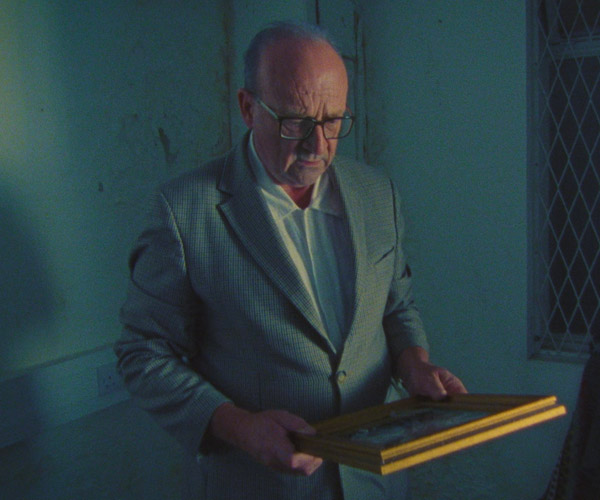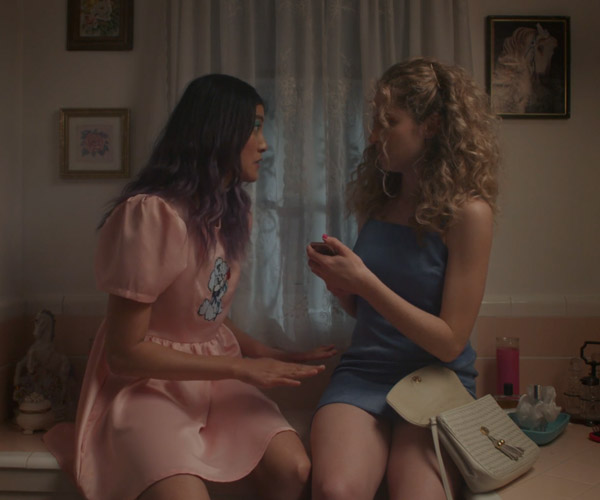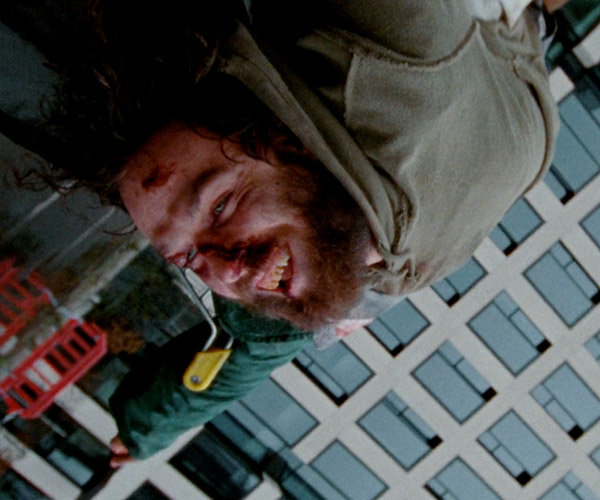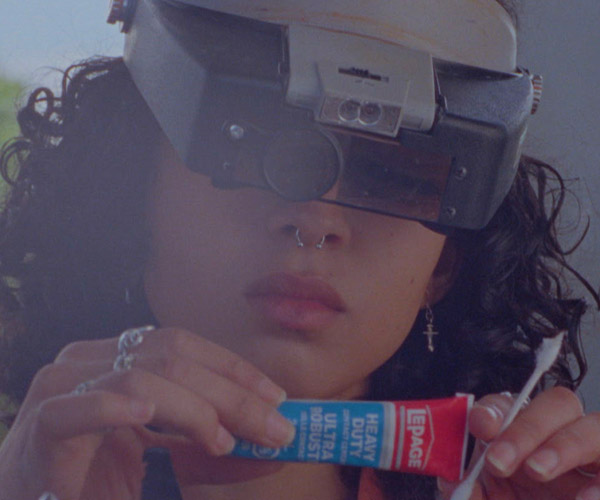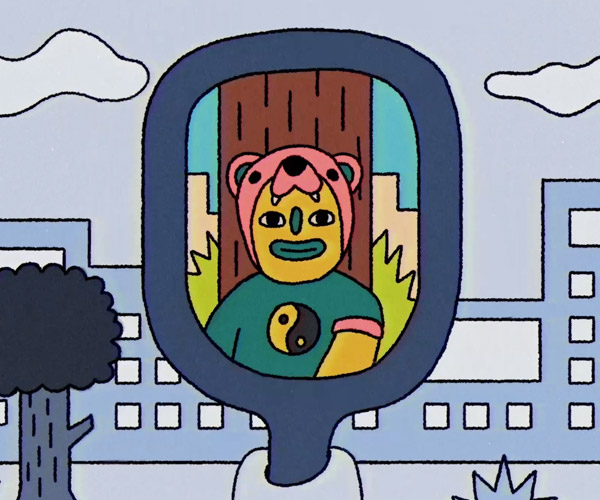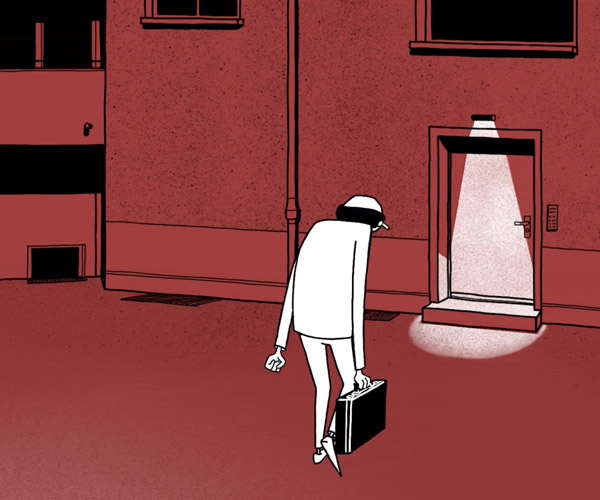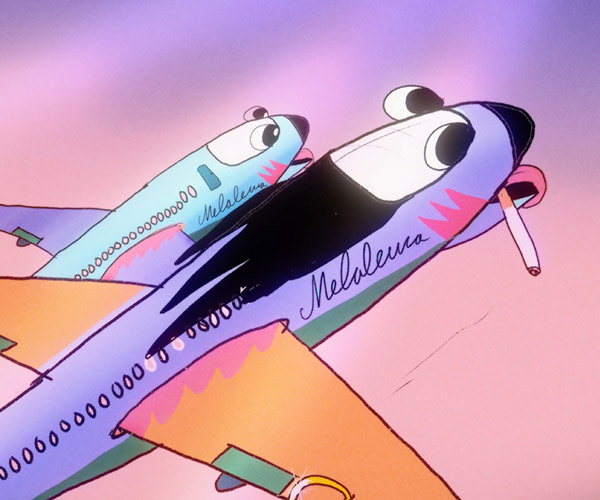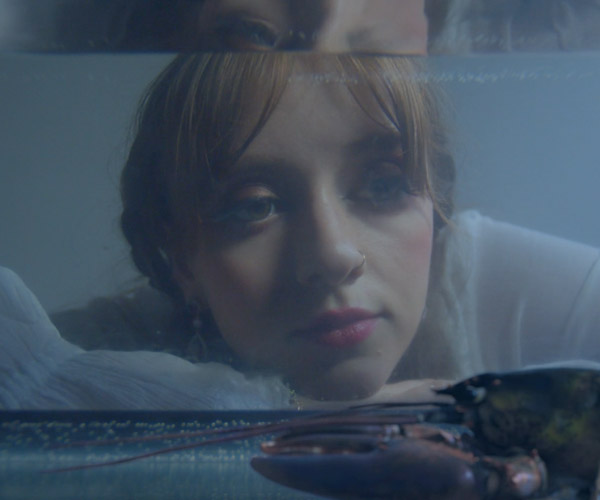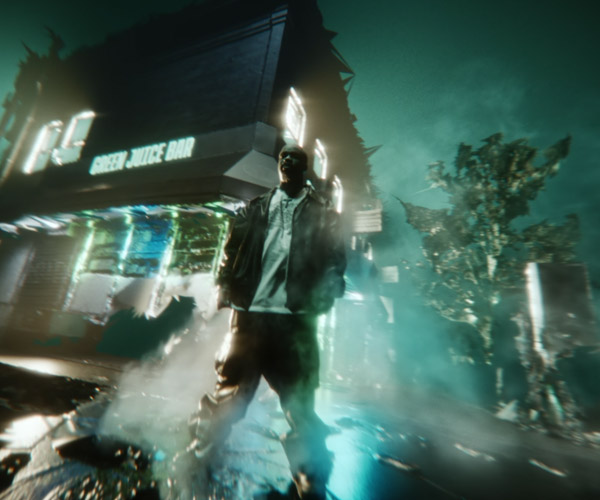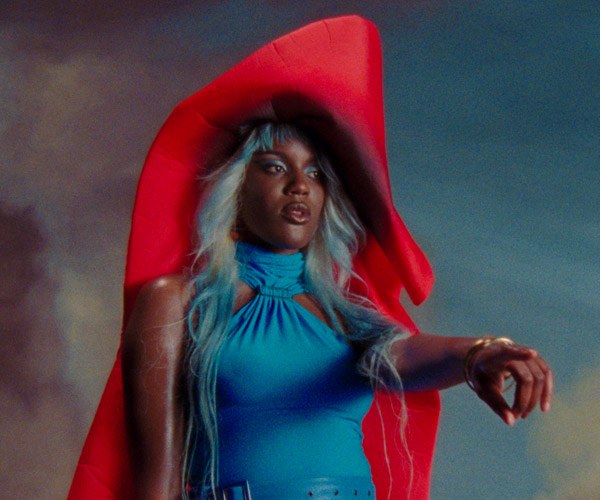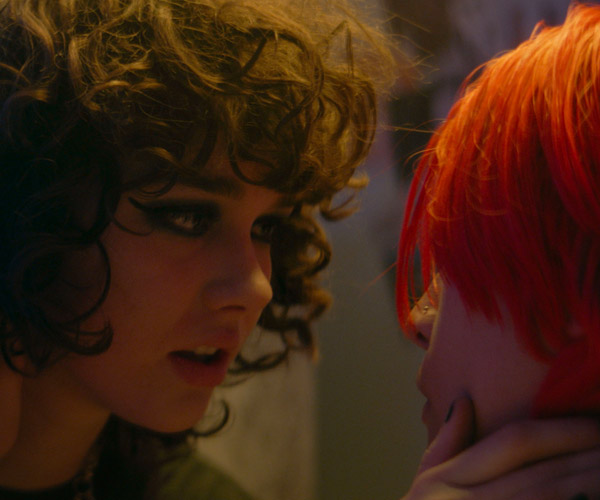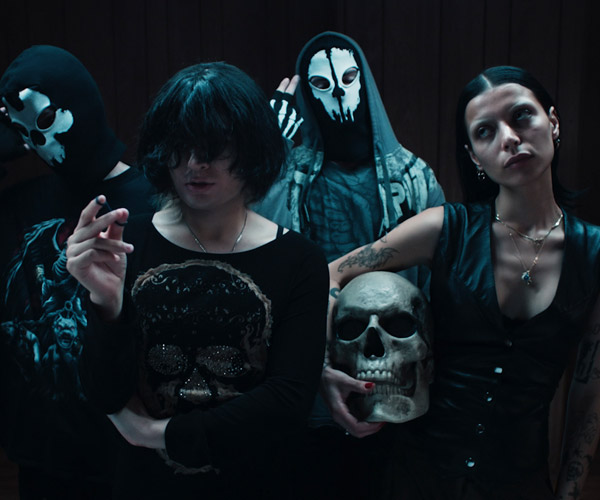Junior Boys have released a terrific video for “Big Black Coat”, directed by Timothy Saccenti. The New York-based director is a true visionary, creating images that burrow so deep in your mind it might be years before you realise you’ve been thinking about them all this time. We had a conversation with him to find out how he does it.
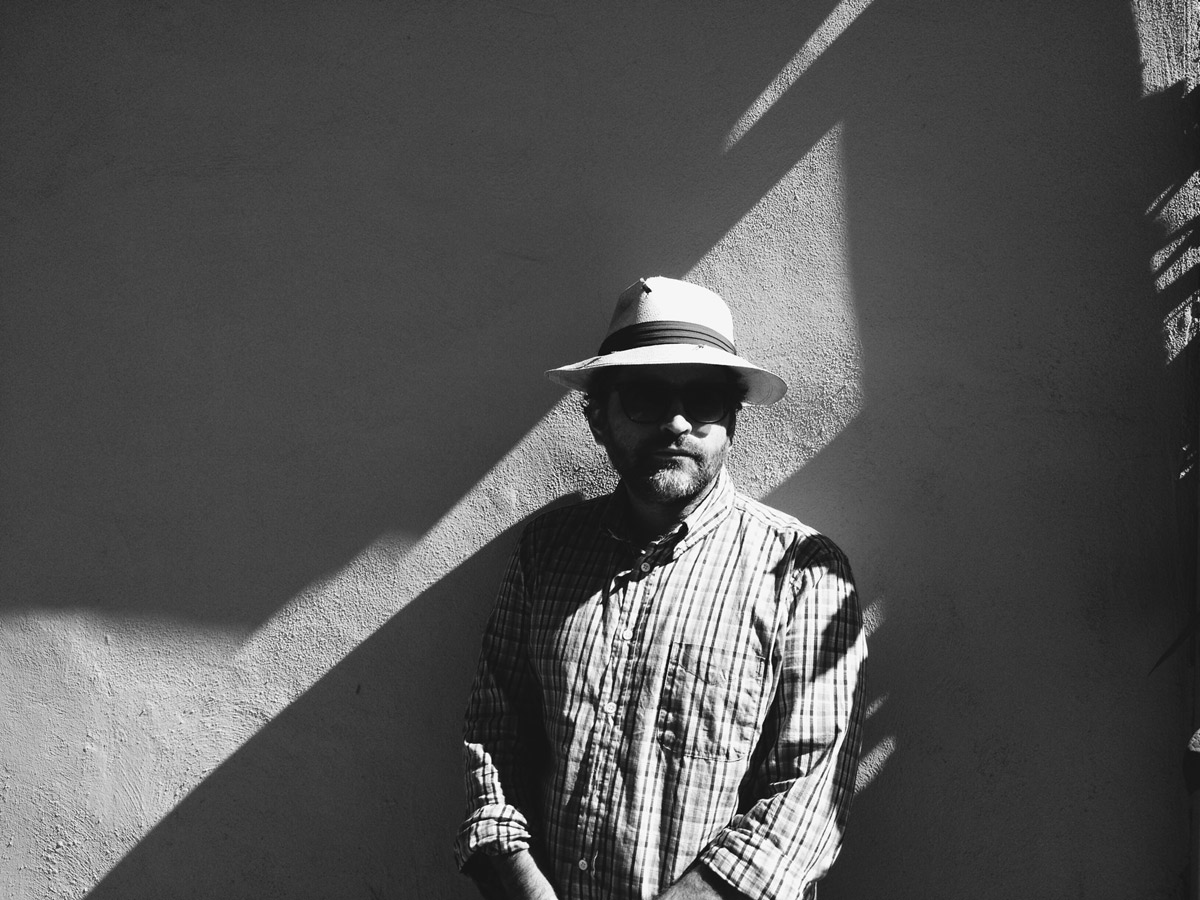
New York-based director and photographer Timothy Saccenti
Jeff Hamada: I’ve been a fan of yours for several years now so I was excited to see your video for Battles (one of my all-time favourite videos) recently re-released in HD. Looking at it now, years later, it’s still flawless. What went right on that video?
Timothy Saccenti: Thank you, that’s quite a compliment. I think it’s a testament to the song that it holds up so well. It’s a bit out of time. When I heard the song, which was about 4 hours after it was recorded, a lightbulb went off and I became obsessed with it. It has a magical place in the time between indie/dance/electronic/psychedelia that was unique to that period. So that was the first part that went right! I think the key was that it didn’t try to be something it wasn’t. It’s really a simple performance video with a twist, where we didn’t interfere too much with ego driven concept or effects.
Battles “Atlas” directed by Timothy Saccenti
TS: To be honest that was the hardest part, keeping it as minimal as possible in a graceful manner took a huge effort, from the set design to lighting, camera moves to visual effects. We had a “less is more” mantra and I think that keeps it feeling a bit timeless. We had tons of other ideas of things to add, effects, layers, etc that we kept throwing out as they distracted from the performance.
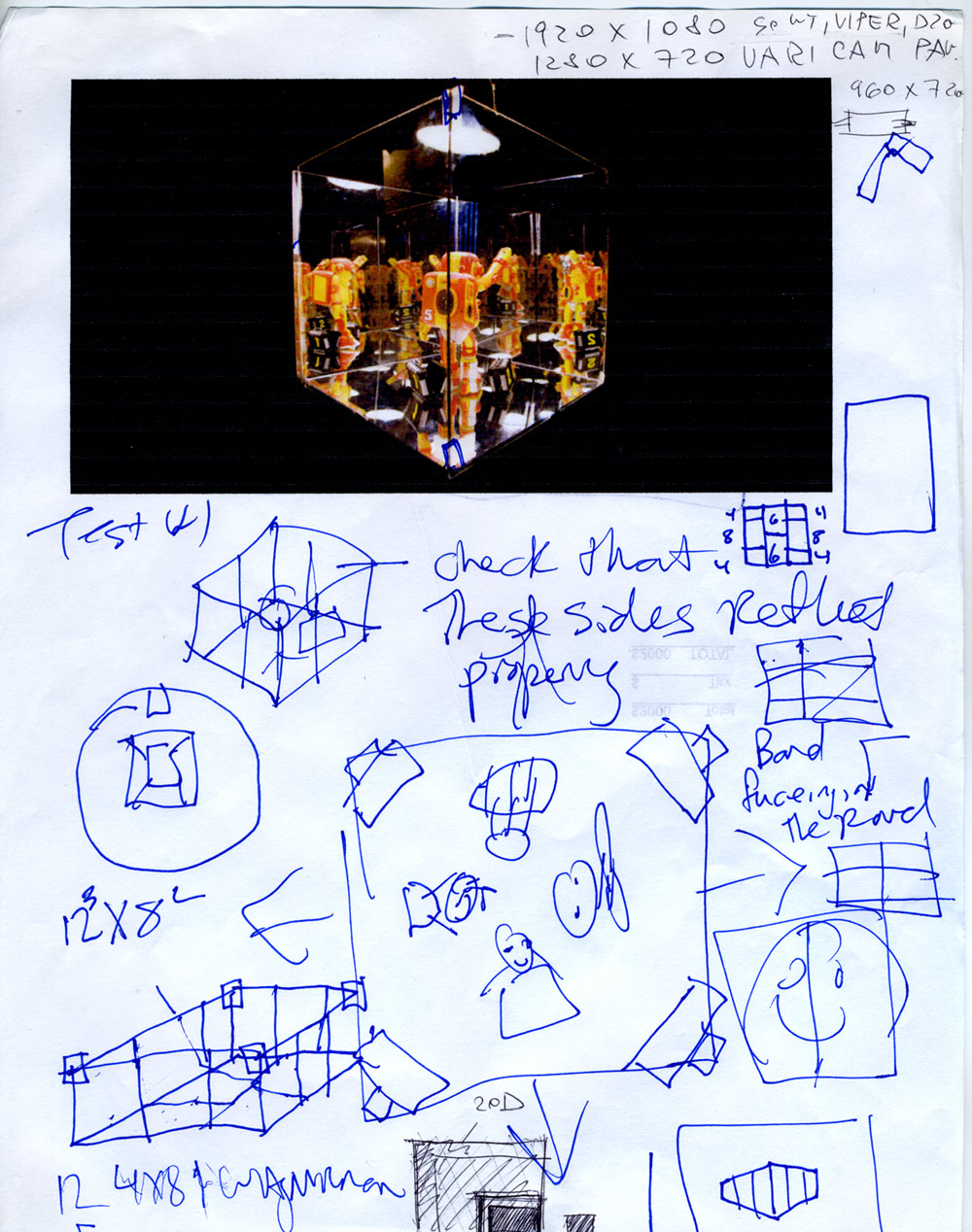
Designing the cube for Battles “Atlas”
TS: The expectations were also a bit different then, it wasn’t long ago but conceptually it was still early in the Youtube days, so there wasn’t as much pressure to make something completely viral that would make the band famous. That lack of pressure created a space that allowed the piece to become what it was. After this time period the demands were much more ambitious in scope… also fun but difficult to create a minimalist piece like this. But the raw connection to seeing a band perform, it’s so compelling, and they are an amazing live band and they were playing live in the cube. It was incredibly loud! After this period many of the acts we worked with were less visceral with their playing so we had to design concepts that were more atmospheric around them. A very different approach, which I also love.
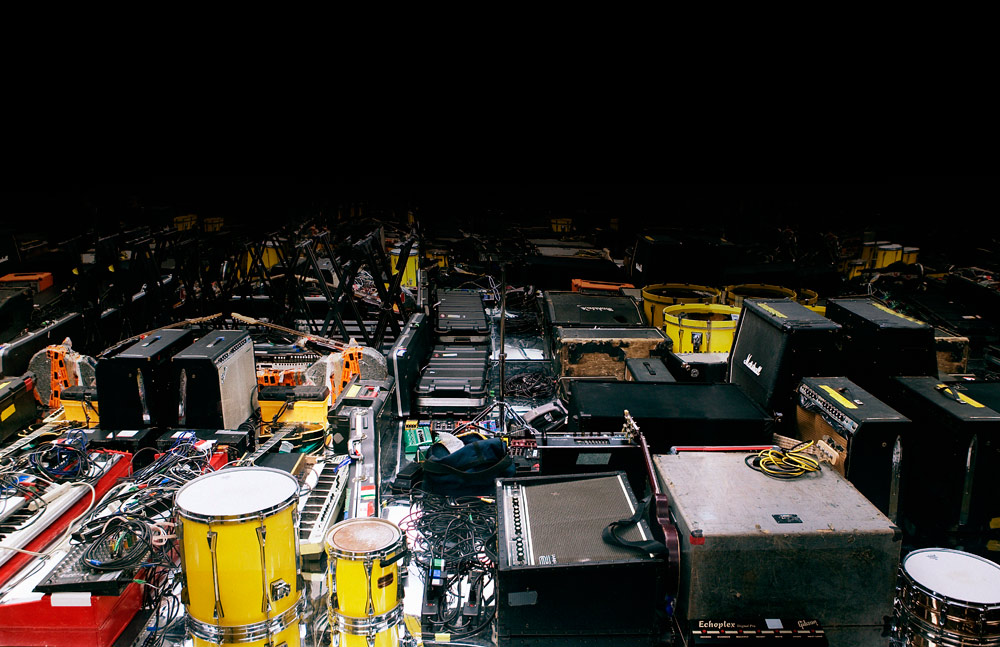
Musical instruments and equipment on the set of Battles “Atlas”
JH: It definitely feels like it’s been pared down to only the essential elements. The result feels like it’s the only way it could have ever been. I feel that way with photography too, when you start to develop a certain way of seeing, there ends up being only one way you can capture something. You see something on the street and there are specific rules you have in your mind for how to isolate that moment. It almost becomes like design at that point.
TS: Yes definitely, you train your eye to see a solution to a visual problem and instinctively start to move in that direction, which can be great when you have a situation where you are shooting a celebrity and have only a few minutes to capture the image, but over time can be a handicap as you get trapped in your own boxed thinking in a way. To break out of that I do a lot of personal work and collaborations with people (especially people from different mediums) to try to break that cycle of repetition.
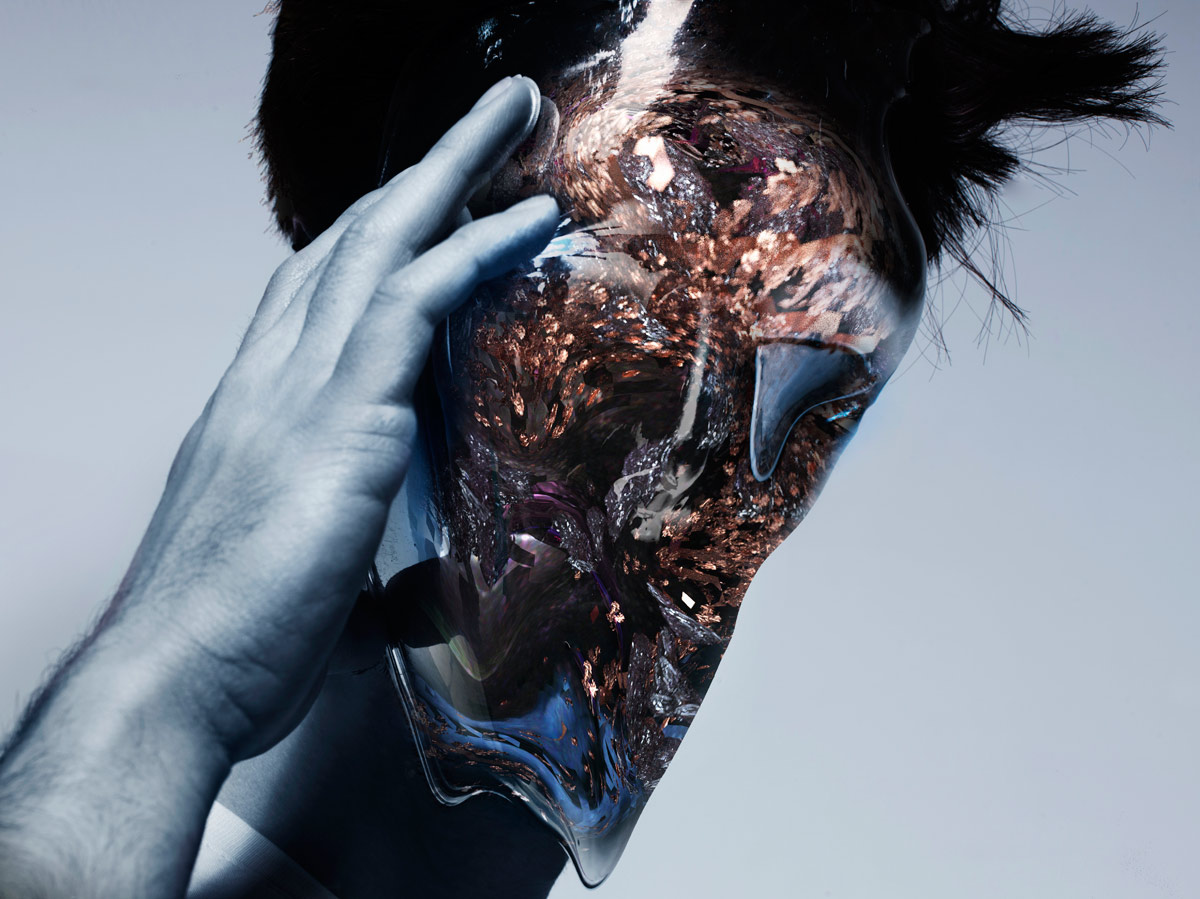
Image from “Struggle Sessions” – a collaborative project between Timothy Saccenti and designer Sam Rolfes
JH: What have you learned in the time between that video and this new one for Junior Boys?
TS: Every project I try to learn something or push my boundaries a bit, and especially in the motion world there’s so much to learn and the processes is evolving all the time. I think the biggest lesson I learned was to fight for every element of your project until you are happy. These projects involve many people, and many of the people involved their only goal is to get it done on budget or time so I learned to battle those elements. It was a hard lesson, the motion world isn’t setup to facilitate creativity necessarily. And making these things is exciting, but can be overwhelming. We had a great team on it, from that I learned to continue to work with the best artists I can find and trust. That collaborative element has changed the way I work. It’s something I love about motion work, people specialize in the lighting, the camera work, even the food on set. You don’t have that kind of team on photography shoots for the most part. It’s helped when dealing with large scale projects like Depeche Mode or highly avant pieces like our Franz Ferdinand video. Since the barrier to create things is lower now, digital is easier and cheaper (you can make your own films and stories in your backyard or basement even) really creating your own team with your own sense of style and ideas to tell your personal vision is very important. It’s something no one can take away.
Franz Ferdinand “Love Illumination” directed by Timothy Saccenti
JH: What was the concept for the Junior Boys video?
TS: With every project, at the start, I try to work out where my obsessions and the artists interests cross over. For this one it was the early works of the visual/industrial/experimental band “Severed Heads” whose use of video synthesizers and the concept of being a “visual performance” band is completely contemporary (though they did it in the early 1980s) as well as very early acid house video artists such as Stakker and my love of post psychedelia “expanded cinema” works. But overall the idea was to take all this and make an abstracted journey that was more joyful and warm than anything else.
Junior Boys “Big Black Coat” directed by Timothy Saccenti
TS: The hard part of any project is getting the proper aesthetic locked that enhances the sound quality, this project in particular, though it’s a dance track, has a warm, nostalgic feeling (we were even going so far as to shoot on early porta-pack vhs cameras) so the colorful early video synth and analog works felt right, whereas compared to a video project we did for Squarepusher recently, whose quality is cold, abrasive, harsh and highly digital, we took a completely different route, making the piece from highly sharp, monochromatic frames of what looks like liquid metal. It’s about the appropriate response that creates your palette so you know what you can and can’t do, and internal logic. So it was less a concept piece than an aesthetic exploration that created the video and seeing where that led, which was to me having a room full of early video synthesizer, 80s video cameras, glitch boxes and piles of broken VHS cassettes to work from.
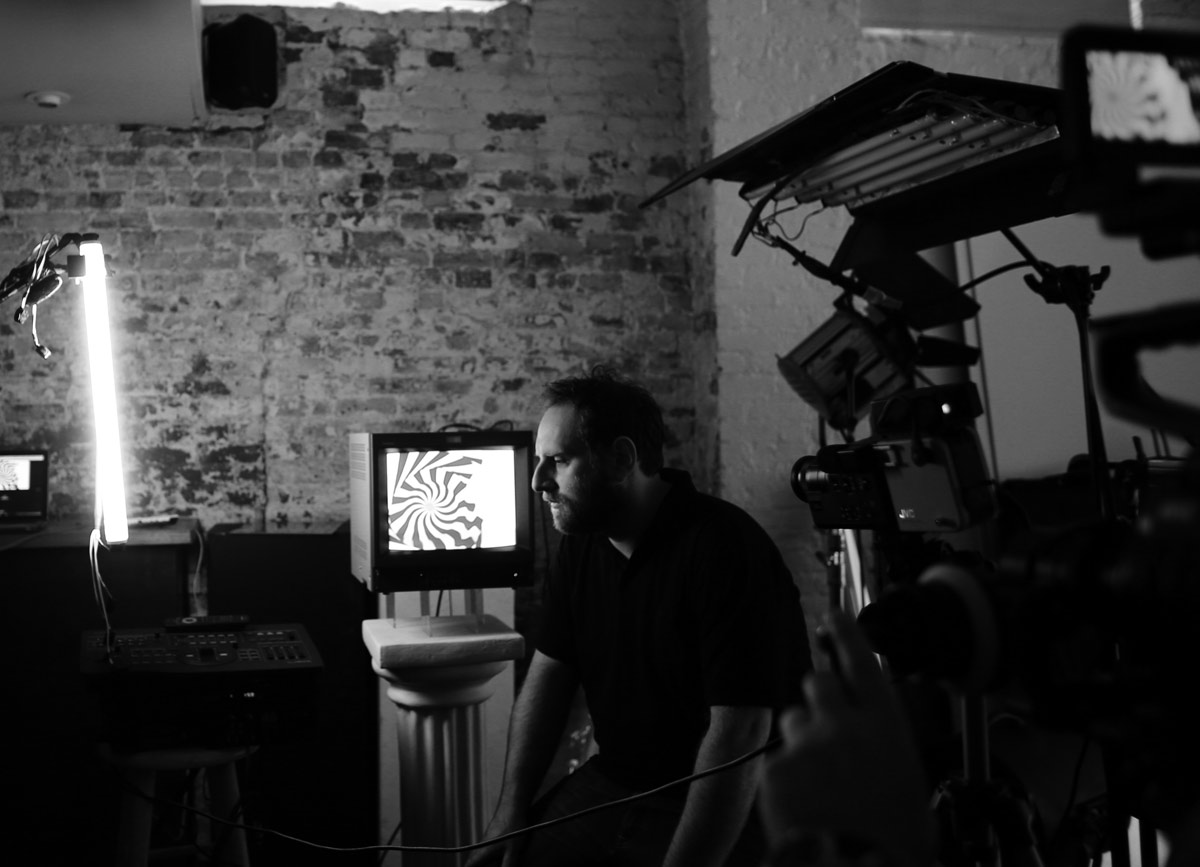
Jeremy Greenspan of Junior Boys on the set of “Big Black Coat”
JH: I find it interesting whenever I meet someone who is really pro-film and anti-digital. Even outside of the debate as to whether digital can fully emulate analog, you may want to play up a cold, harsh, feeling that is innately digital. It seems a lot of the decisions for the way in which something is made often have more to do with self consciousness and fear than a consideration for the project. It must look like film at all costs!
TS: Well technically film can still capture a wider gamut of detail for certain lighting/shooting scenarios and has its own look, which you can use to your advantage. We shot our Franz Ferdinand video on 16mm film as we wanted it whole piece to feel a bit like a 1980s childrens television program, so it’s an aesthetic decision. I think it’s quite easy and romantic to say “film is better than digital”, but you usually hear that kind of blanket statement from people who don’t have much experience shooting with a proper digital system in controlled lighting, and to some degree it’s indicative of the current craze for “authenticity” and a haze of nostalgia which is an illusion.
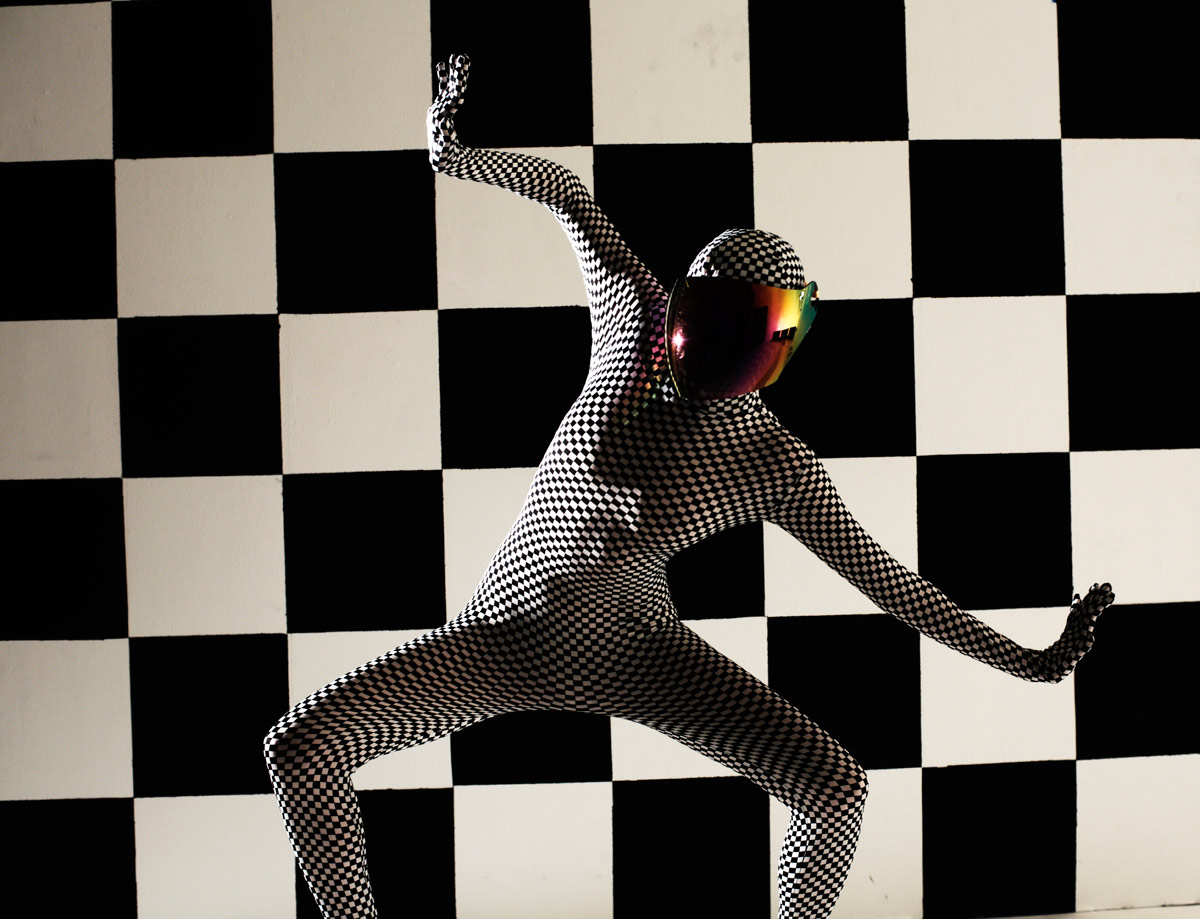
Production still from Junior Boys “Big Black Coat”
JH: In my mind there’s a point where a director has created enough amazing work that bands just say, hey make us whatever you want, we like what you make, we trust you. Are you at that point? Does that exist?
TS: When a band says “we trust you make whatever your want” that is the most terrifying proposition for a creator, I think. Having boundaries is what makes the tension that starts the creative process to some degree. So though sometimes bands do approach me as such l usually bounce back with some inquires, simple things like “what do you want your audience to feel?”, things they probably haven’t or wouldn’t normally verbalize. There’s a lot of psychology involved. Being able to communicate and dig a bit deeper into the mind of the artists you work with is important for the collaboration. There’s usually a rich tapestry below the surface.
JH: It’s definitely difficult to create without any boundaries or problem to solve. I’ve seen people refer to your aesthetic as sci-fi, how would you describe your own work?
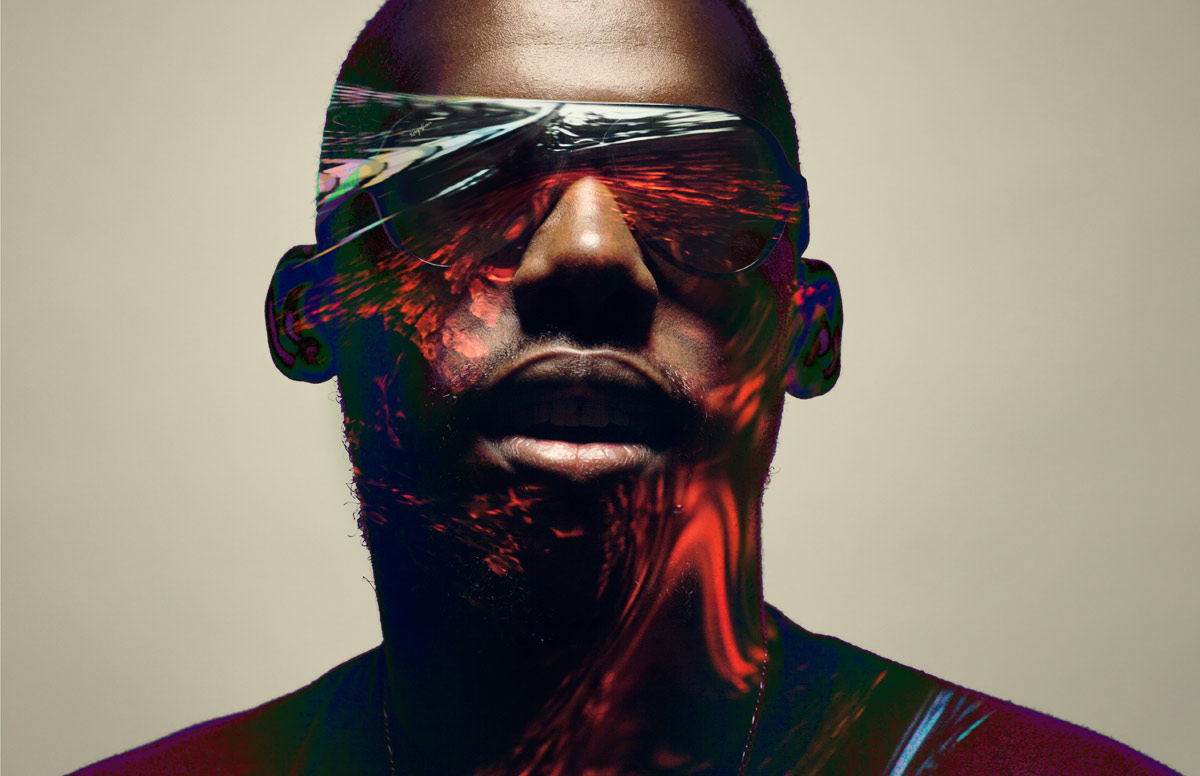
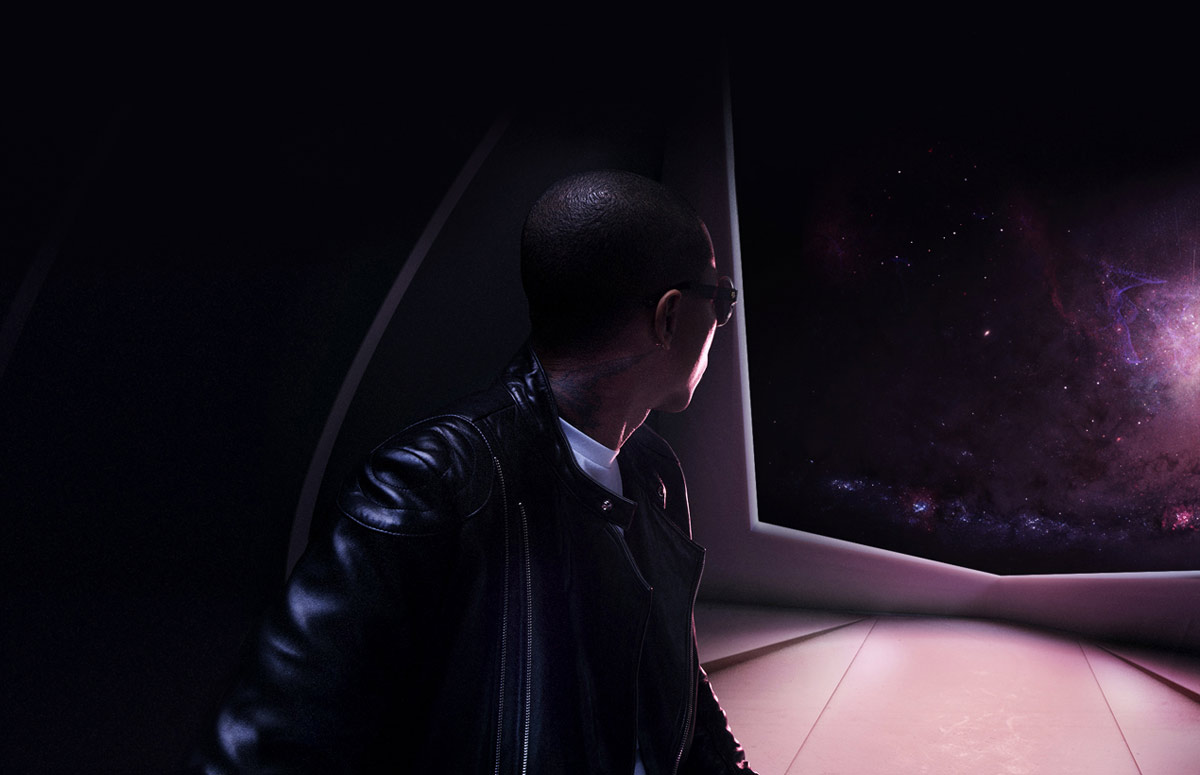
Portraits by Timothy Saccenti – Flying Lotus (above), Pharrell Williams (below)
TS: I do love sci-fi and technology is finally starting to catch up to the ideas and experiences I hope to create. There’s definitely some technology aspect to it. In my mind the work is a little more dream state/subconscious/fourth-world imagery than hard boiled sci-fi. I love the genre for its mind expansion/social commentary/questioning reality aspects. Someone called the work myself and my team do as “Baroque Futurism” which I thought was apt. The aesthetic changes because it’s really based on exploring what’s possible with technology and an appropriate response to what’s going on at that time, and using that to a storytelling end. I do think the latest book project I did with collaborator Sam Rolfes (“Struggle Sessions”) is quite close to what we want to be creating, at least aesthetically.
JH: Are there specific things you want to do right now that still aren’t possible from a technical standpoint? Maybe they’re top secret…
TS: Pure telepathy! It’s more about discovery, working with the new tools to see how they are used, and taking them and trying to use them in ways they aren’t meant to be used. Breaking warranties rather than coming from a technologist’s point of view on it.
JH: Before shooting videos you established yourself as a photographer, taking photos of some of the biggest stars on the planet. Who was the easiest to shoot a portrait of and who was the most difficult?
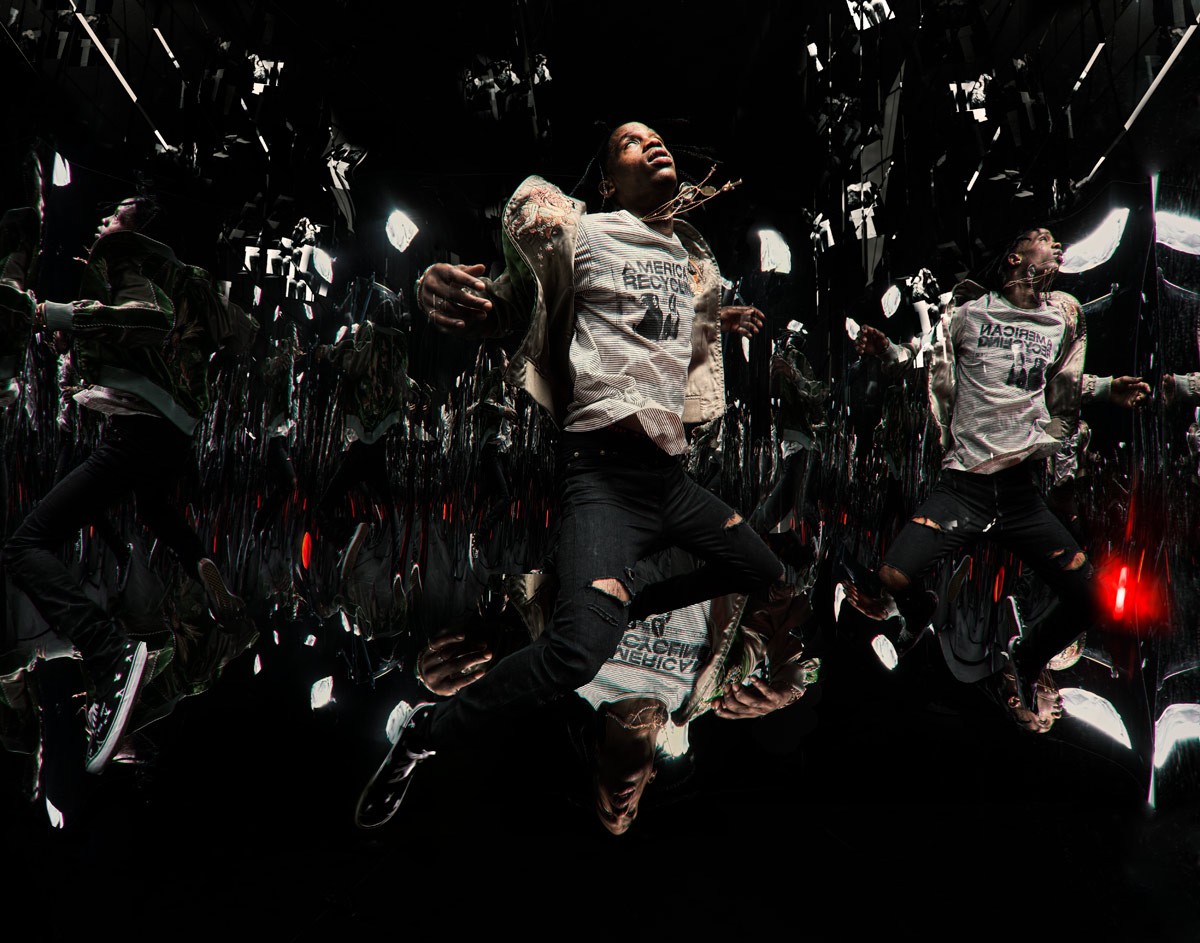
Portrait of Travis Scott by Timothy Saccenti
TS: Photography is always a challenge; it’s inherently aggressive and probing. The subject, no matter who they are, are very aware they are not 100% in control of the situation, which is why you see bigger artists now trying to do “self portraits” for magazines (and why selfies on Instagram are so popular). They have control. But for shoots, there’s a metal box in front of your face and you’re pointing it at the subject. It’s just invasive by nature. A lot of thought has to be put into creating a situation that feels collaborative for the subjects. Portraits are always collaborative pieces. The easiest subjects to shoot are the ones that are natural performers, say, Usher. But that doesn’t mean you’ll get anything truly emotional out of them. They can turn it “on”. The most challenging subjects are the ones that make very introspective music alone, I think. The last thing on their mind when making music is that they will eventually have to take photos to promote it. Squarepusher was a tricky subject. Not in a negative way, but it’s hard to grab images of someone in a creative way that just wants to get out of your studio. That tension does create some interesting imagery though.
TS: Personally I’m nervous about these interactions before every shoot. It’s like a first date: is the music right? The food? The temperature? And takes a bit to get into the flow. But I try to keep my sets moodily lit, with evocative music and atmosphere to create a space. Though one subject recently described it (positively) as being like “6 am after a rave”.
El-P “Stay Down” directed by Timothy Saccenti
JH: You’ve worked with El-P several times now, was it love at first sight? Did you instantly know you’d make a bunch of things together?
TS: I believe his manager put us in a room together and said something like “you both love Blade Runner now go make something”. He’s a true artist with a vision. He has run his own music label with respected artists, he’s played thousands of shows, so when one works with El-P he has those various hats on. He’s got great ideas and has a lot of input into every aspect of things during the productions. It’s great. I like that to a certain degree because his aesthetic was a bit different than mine so it’s helped me see things differently and learn about that world of hip-hop. But we did think it would be great to make things together after our first shoot. He’s a true creator and straight shooter and in this confusing world of hyperbole it’s something I really respect. Also his music is amazing, some of the best of the decade I’d say so it’s an honor to be involved.
JH: Yeah, I’m a huge fan. The Cold Vein is one of the greatest hip hop albums of all time. Do you know who directed the video for “Deep Space 9mm”? Did he do it himself?
TS: Not sure!
JH: Some directors seem really driven to “graduate” from making music videos to making features, do you have plans to move away from music videos?
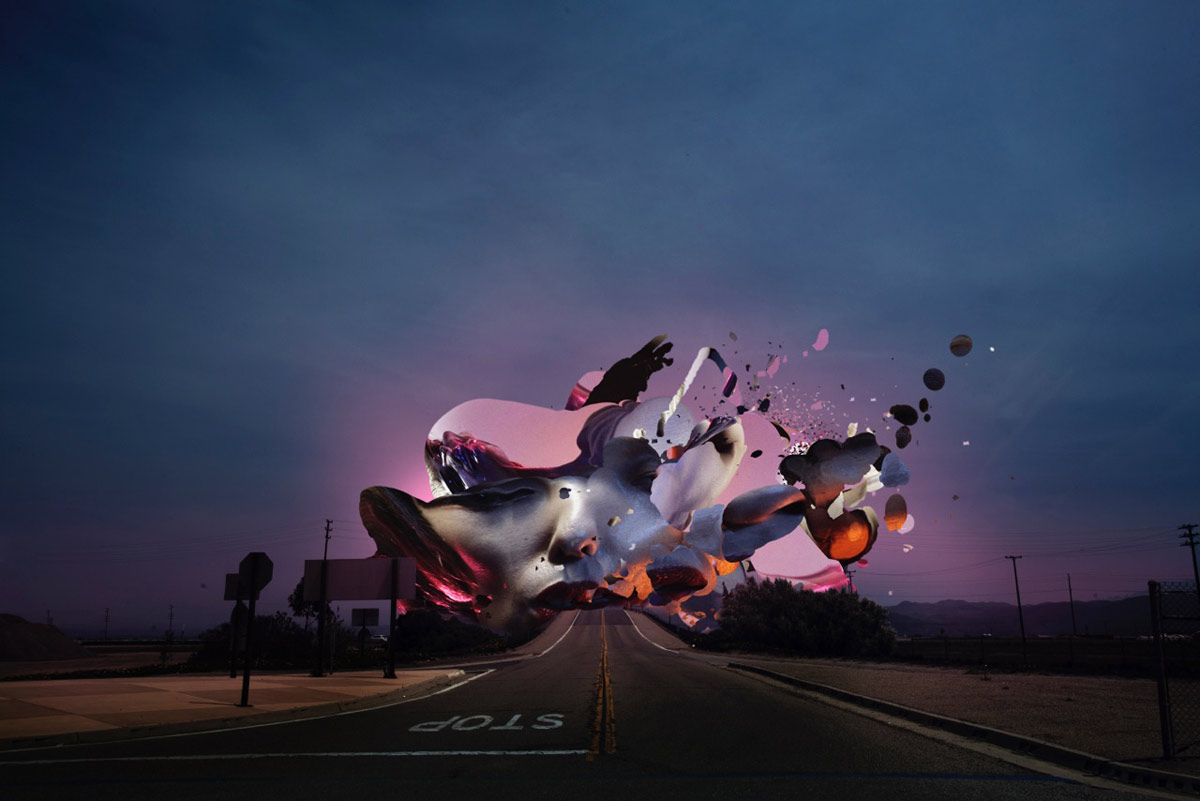
Image from “Struggle Sessions” – a collaborative project between Timothy Saccenti and designer Sam Rolfes
TS: I’d like to tell a longer story, of course, but I also love music videos. It’s an interesting question, I think if you are born into the motion word there’s an obvious, very visible “end goal” to make a feature film. To these directors that is the definition of “success” in the industry. But if you come in sideways, like I have through photography or other visual arts, you aren’t ingrained with that exact goal in the same way. And being a photographer and having parallel careers, the goals tend to me to be more nebulous and momentum based. For music videos, well, at the moment there’s so many new young musical artists creating mind blowing material that’s it’s hard for me to resist creating with them. That said I have my mind set on a few personal short films we’ve written that will hopefully be in production soon. For other directors I can see after making a few dozen music videos how exciting it would be to stretch your ideas out over a 90+minute long feature. However, it seems that with VR and all the exciting new story telling mediums happening now, maybe there’s better end goals then making a traditional “feature” film. The communication technologies we can use these things for–empathy, art-therapy, PTSD–it’s a rich time for alternate mediums.
JH: What was the last good film you watched in a theatre?
TS: Hitchcock/Truffaut possibly… though Mad Max: Fury Road was a stunning piece of cinema to experience in a theatre. Nothing more pure-cinema then a 2 hour chase scene, it doesn’t exist in any other traditional media.
JH: It was one of my favourite theatre experiences as well! Who are some filmmakers inspiring you these days?
TS: The Vrse VR films have been really exciting. My friend Richard Mosse did an amazing film exhibition called “The Enclave” last year. Ben Wheatley–looking forward to his take on Ballard’s High-Rise. I always go back to the classics, Tarkovsky, obscure psychedelia, 1970’s lost animations. My friends and I watch as many lost/surreal films as possible while keeping up with the current greats.
I do think some of the most exciting art is coming from young people making music and art with new technologies that are now relatively cheap, laptops and such, that don’t have to deal with the traditional gatekeepers of film though. In video you see amazing things everyday on Vimeo, video directors like the Daniels, Hiro, Lance Drake, Grant Singer, Jesse Kanda, Huang… They are the future of filmmaking and you’ll see features from them in the next few years that will blow minds. In music people like GAIKA, ADR, Lotic, KVB, Laurel Halo. This electronic music generation is coming of age.
JH: What’s the thing you’re most proud of in your life up to this point?
TS: I have a group of amazing and inspiring friends around the world and I’m quite proud of them! Work-wise the campaign we did with Idris Elba for ebola safety awareness for Africa United was something where I felt like we were actually helping, even in a small way. It was very humbling.
Africa United – Case Film directed by Timothy Saccenti
JH: What’s next for you?
TS: We have a few commercial campaigns shooting, a VR project in development, a short film piece we hope to start production on soon.
JH: Look forward to seeing all those things, thanks for taking the time for this!
TS: Thank you man!



 Share
Share
 Tweet
Tweet
 Email
Email
